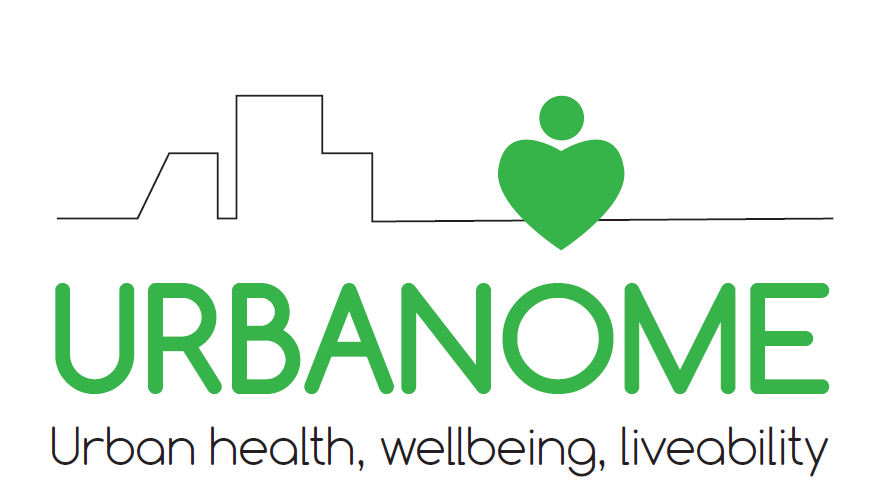ATHENS URBAN LIVING LAB
Athens is the capital and largest city of Greece. Nearly half of the Greek population lives in Athens’ Larger Urban Zone, more than 4 million people, making it one of the most densely populated areas in Europe (1,540 inhabitants/km²). In 2021, Athens’ urban area hosted more than three and a half million people, which is around 35% of the entire population of Greece.
Athens in the 21st century face many environmental problems and challenges.
The main problems are in controlling air emissions from vehicular transport, industrial enterprises and from large lignite-fired power and industrial plants. Major problems were caused by increasing municipal and industrial wastes accumulated in landfills while recycling has not been resolved effectively to protect land and coastal areas.

Key Information
The rapid urbanization, the increase in traffic, industrial enterprises and low quality fuels in Greece in the 1960s and 1970s increased air pollution in urban areas. Athens has become known for poor air quality during the city’s frequent severe incidents of nephos‖ (photochemical smog). High concentrations of airborne particular matter (PM), CO, SO2, NOx and O3, as well as photochemical smog which was as a result from a series of chemical reactions driven by sunlight.
Airborne fine and superfine particulate matter (PM) increased substantially, especially in winter months. At the same time epidemiological studies investigated the adverse health effects of air pollutants in urban populations and associations of atmospheric air pollutants with respiratory and other diseases. Increased air pollution was correlated with increased morbidity and mortality in urban areas with high density traffic.
The Challenge
Athens ULL focuses on the local small-to-medium-size parks of the city, examining how the use of those neighborhood-scale public green spaces affects the health, well-being, and life habits of its citizens. According to the European Environmental Agency, Athens has one of the lowest rates of green infrastructure and urban tree cover among European cities. At the same time, it has one of the highest rates of urban green space among European cities which means that Athens possesses many urban green areas that have low numbers and low quality of green infrastructure. City administration is investing numerous resources and efforts to upgrade Athens public green spaces by installing small-scale parks (pocket parks) in empty plots, upgrading existing green infrastructure and derelict parks, developing green corridors to provide continuous green networks in the city, but also organizing cultural and community activities to attract more people to use those urban green areas.
Activities

Urbanlab-Mad: urban living labs as a tool for the promotion of health and well-being!
Introducing URBANLAB-MAD: We are excited to share the publication of an article on "Urbanlab-Mad: urban living labs as a tool for the promotion of health and well-being" in Tercer Milenio, the science, technology, and innovation supplement of Heraldo de Aragón. Read...

Urbanlab-Mad: urban living labs as a tool for the promotion of health and well-being!
Introducing URBANLAB-MAD: We are excited to share the publication of an article on "Urbanlab-Mad: urban living labs as a tool for the promotion of health and well-being" in Tercer Milenio, the science, technology, and innovation supplement of Heraldo de Aragón. Read...

Urbanlab-Mad: urban living labs as a tool for the promotion of health and well-being!
Introducing URBANLAB-MAD: We are excited to share the publication of an article on "Urbanlab-Mad: urban living labs as a tool for the promotion of health and well-being" in Tercer Milenio, the science, technology, and innovation supplement of Heraldo de Aragón. Read...
Contact Details
Leading Organisation
ADDMA
Website
N/A
Phone
+30 697 920 95 49
zosang278@hotmail.com
info@developathens.gr
